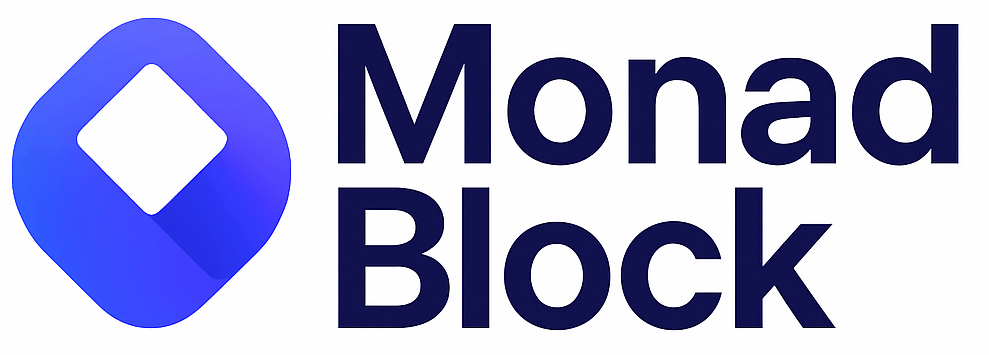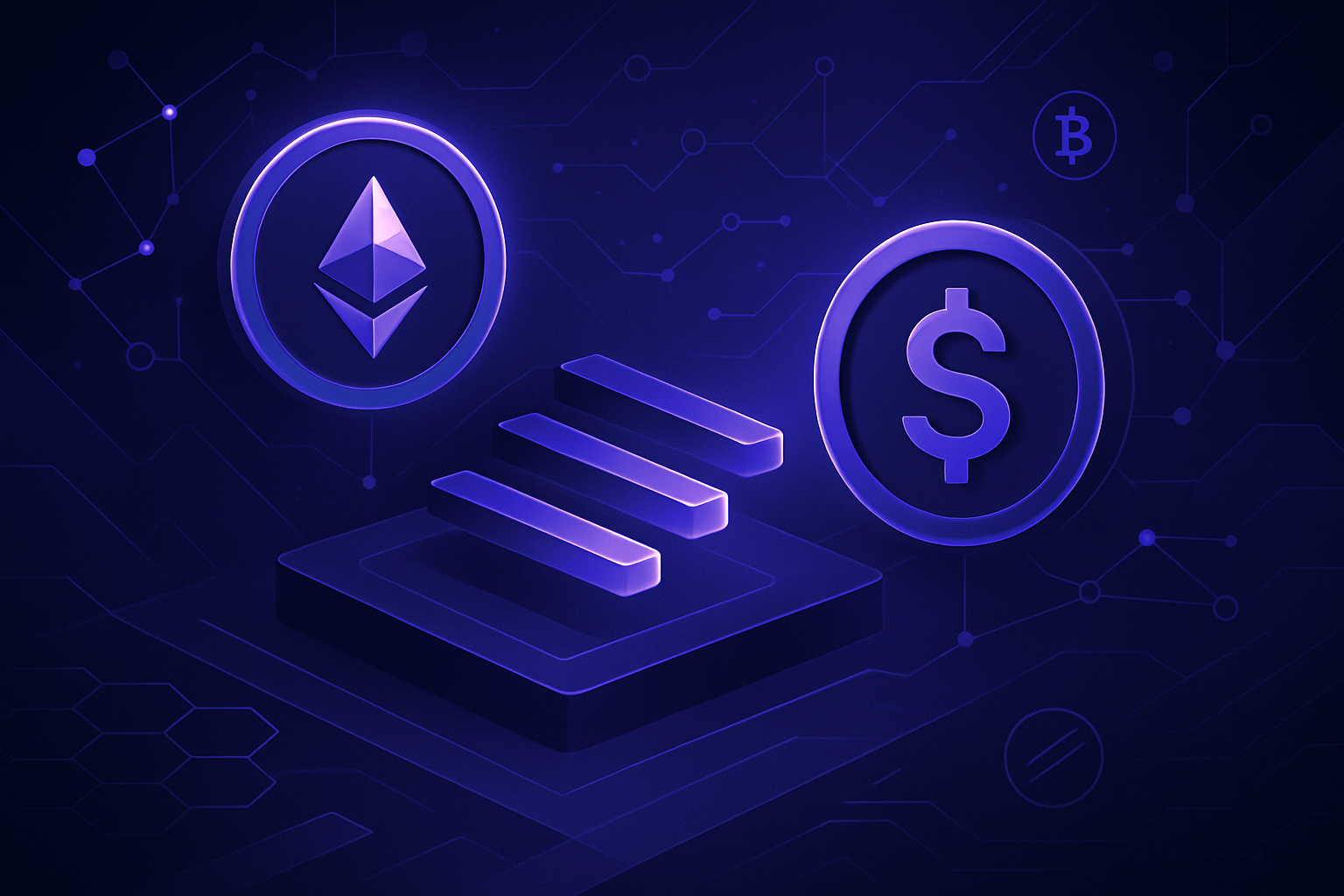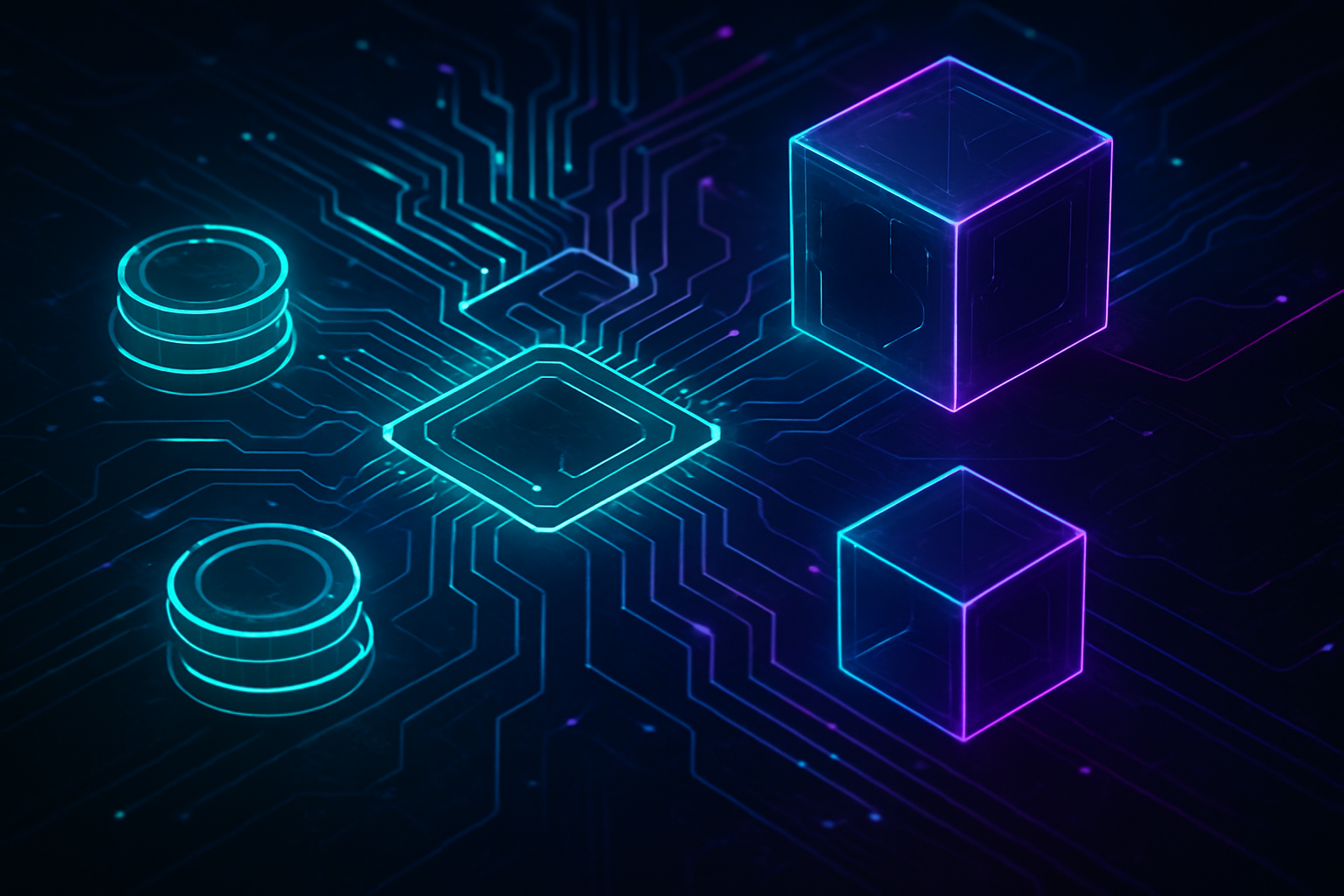
High-frequency DeFi and prediction markets have long been limited by the bottlenecks of traditional EVM chains. While Ethereum’s single-threaded execution ensures security and determinism, it also means that transaction throughput is capped, latency remains high during congestion, and gas fees can spike unpredictably. Monad’s parallel EVM architecture is a direct response to these pain points, offering a next-gen solution for developers who need both speed and reliability.

Why Parallel Execution Matters for DeFi and Prediction Markets
For high-frequency DeFi protocols – think orderbook DEXs, perpetual swaps, or on-chain options – every millisecond counts. The same goes for prediction markets where odds change rapidly and arbitrage opportunities are fleeting. On legacy EVM chains, transactions queue up in a single line, making it impossible to execute multiple trades or settle bets simultaneously without incurring delays or slippage.
Monad’s parallel execution breaks this limitation by analyzing dependencies between transactions. If two trades don’t touch the same accounts or contracts, they can be processed at the exact same time. This not only boosts throughput (up to 10,000 TPS) but also slashes latency to around 1 second finality – a game-changer for any application where timing is critical.
Inside Monad: Innovations Powering High-Frequency Applications
The magic behind Monad’s performance isn’t just about running things in parallel. It’s a full-stack rethink of how an EVM-compatible blockchain should operate:
5 Key Technical Innovations Powering Monad’s High-Frequency DeFi
-
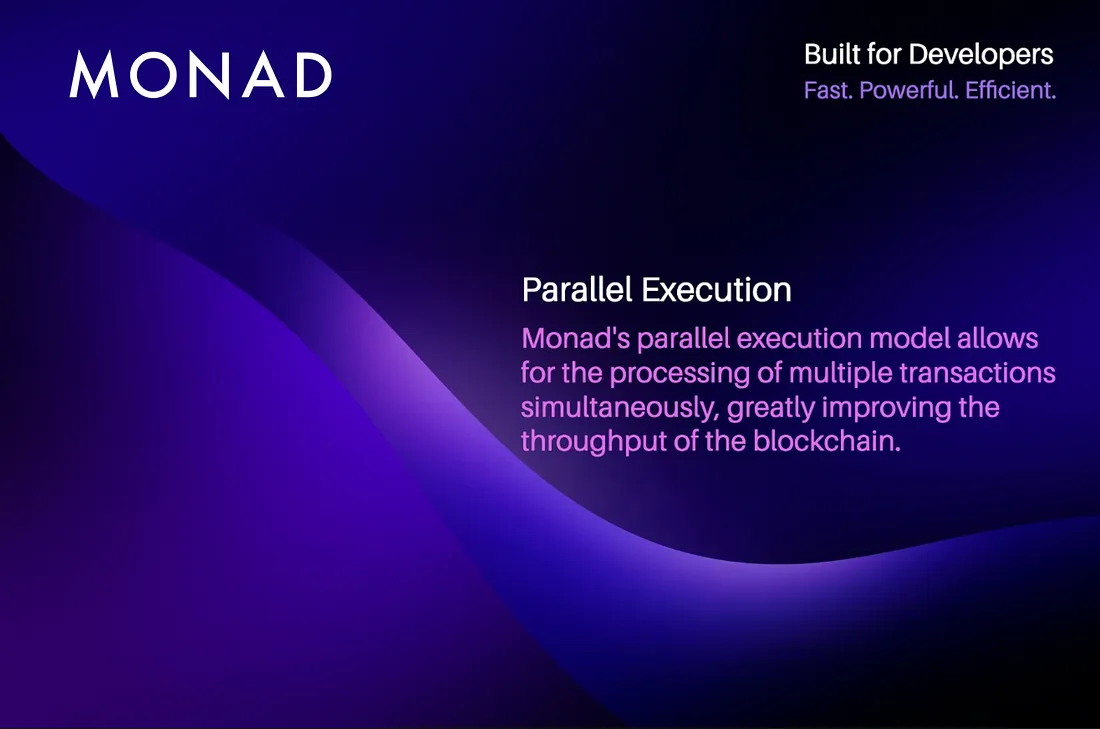
Parallel Transaction Processing: Monad intelligently analyzes transaction dependencies to enable simultaneous execution of independent transactions, massively boosting throughput and efficiency for DeFi and prediction markets.
-
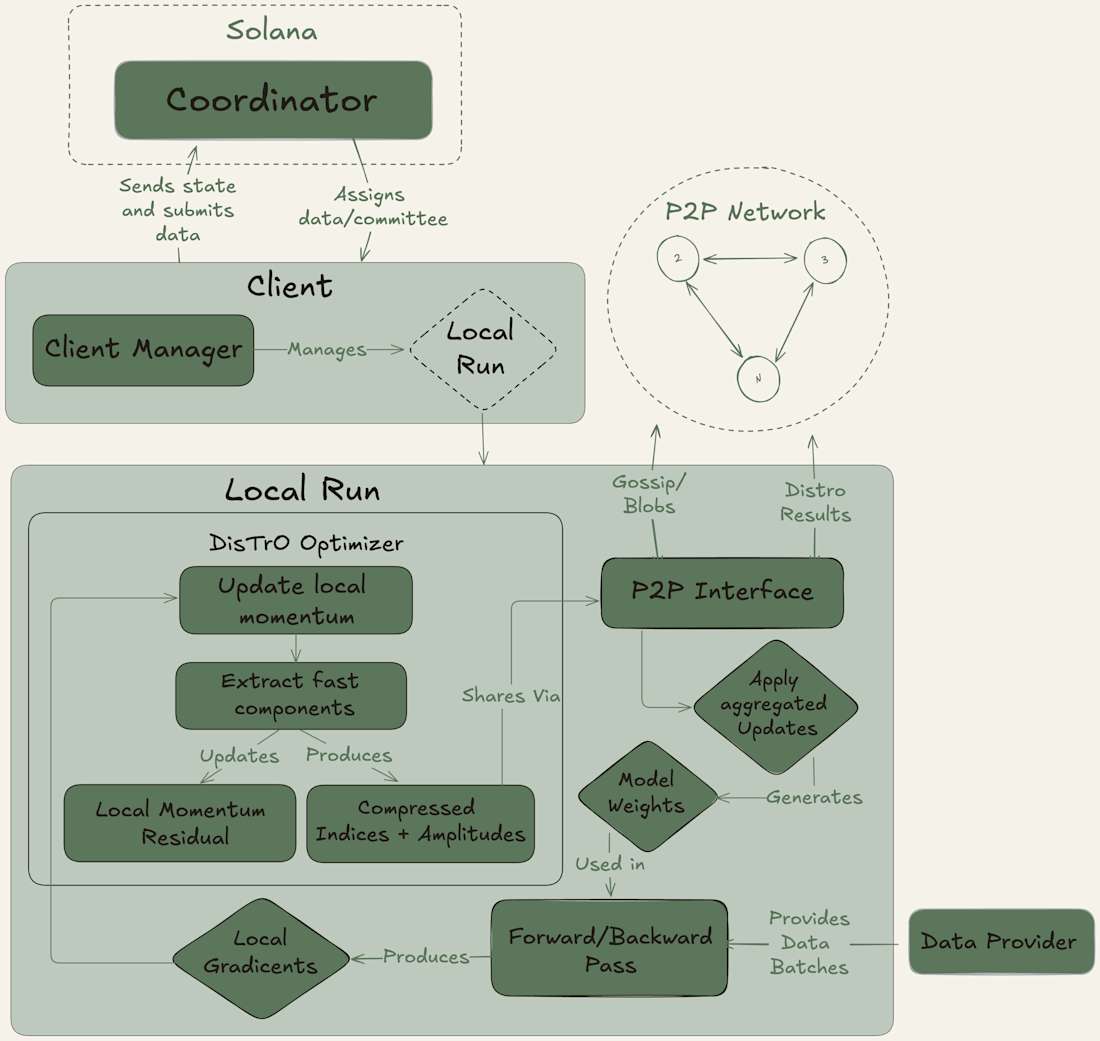
Optimized Four-Stage Architecture: By separating consensus, execution, and storage into a streamlined pipeline, Monad maximizes hardware utilization and minimizes bottlenecks, supporting up to 10,000 TPS with ~1-second finality.
-
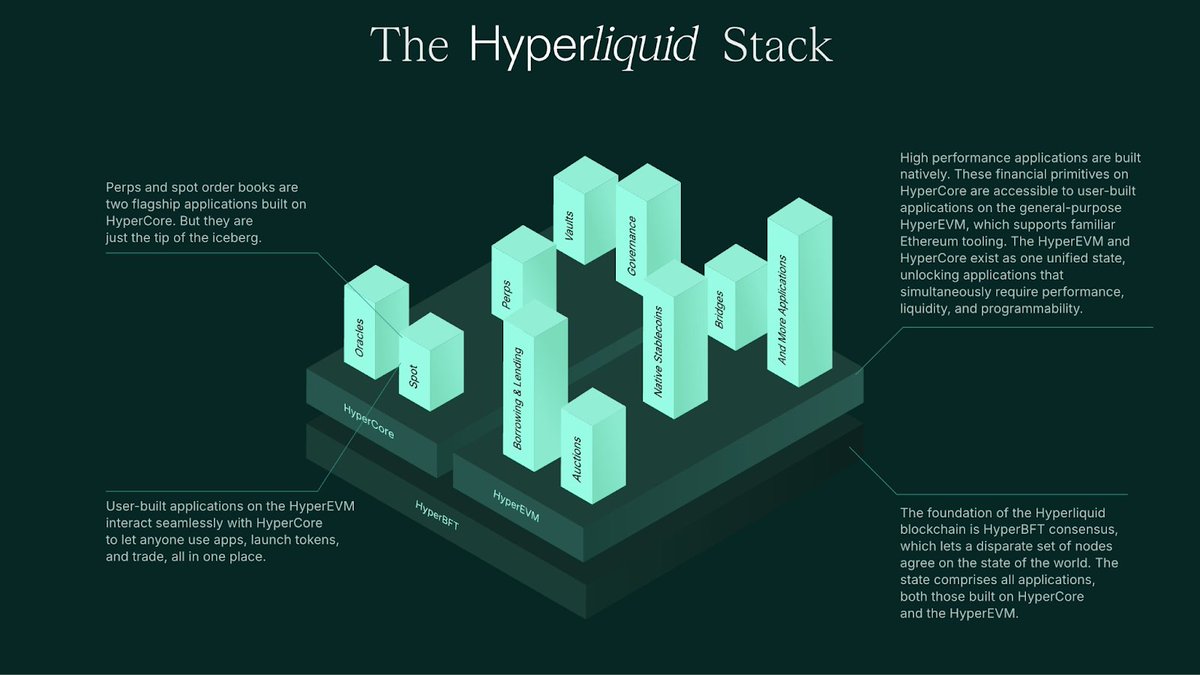
MonadBFT Consensus Mechanism: Leveraging an enhanced version of the HotStuff protocol, MonadBFT reduces communication overhead and accelerates secure agreement among validators, ensuring both speed and security.
-
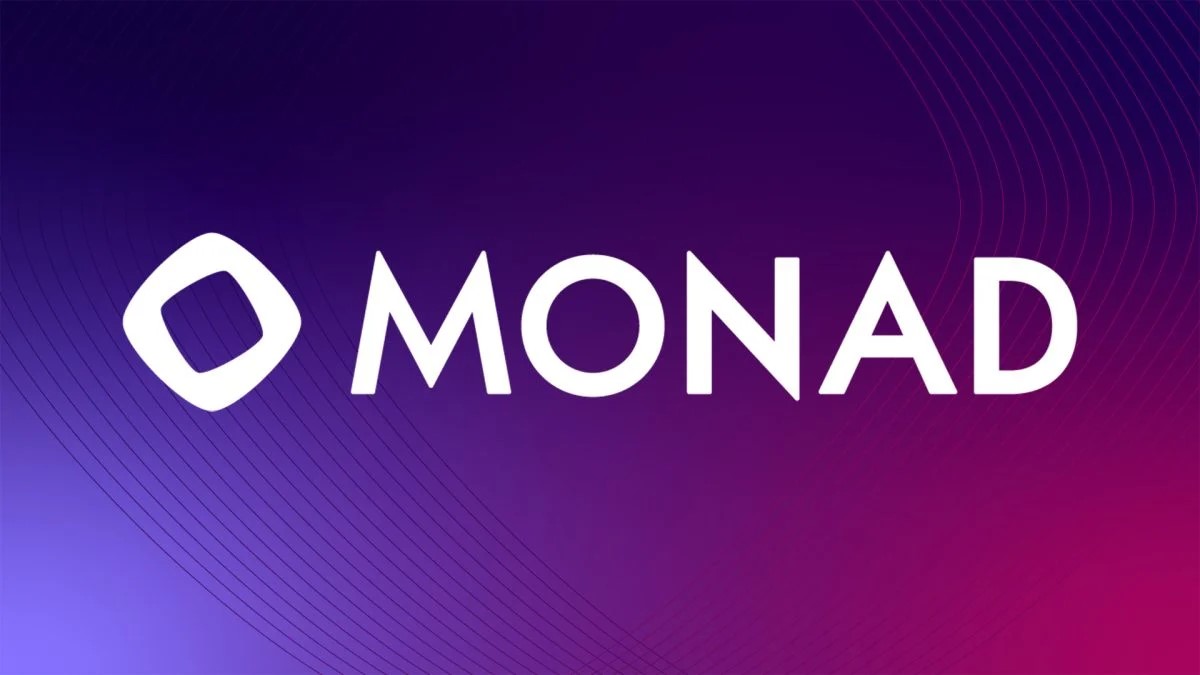
High-Performance MonadDb: Monad’s custom-built state database, written in C++ and Rust, enables rapid data storage and retrieval, a crucial factor for high-frequency DeFi applications.
-

Ultra-Low Gas Fees: With transaction costs of less than $0.001, Monad makes high-frequency trading and prediction markets economically viable, removing barriers for both developers and users.
Optimized architecture: Monad separates consensus, execution, and storage into distinct stages using a four-stage pipeline. This lets validators make the most out of modern hardware, think CPUs crunching transaction logic while SSDs handle state updates in the background.
MonadBFT consensus: Security doesn’t take a back seat. By building on an optimized HotStuff protocol (MonadBFT), block finality is reached with less network chatter between validators, meaning faster blocks without compromising safety (source).
C and and/Rust state database: The custom MonadDb is written for speed and efficiency. Fast reads/writes are crucial when you’re processing thousands of trades per second or updating market odds on-chain.
The Real-World Impact: Low Fees and MEV Mitigation
If you’ve ever traded on Ethereum during peak hours, you know how quickly gas fees can eat into profits, or even make certain strategies unviable. On Monad, average transaction costs are less than $0.001. This opens the door for micro-trades, rapid-fire arbitrage bots, and low-stakes prediction games that would be impossible elsewhere (source).
The speed boost isn’t just about saving money, it also helps with MEV mitigation. With more transactions fitting into each block and lower latency between submission and confirmation, frontrunning bots have less room to exploit users through sandwich attacks or last-second sniping.
These technical leaps are already being put to the test. Since the launch of Monad’s public testnet in March 2025, over 100 projects have started building on the platform, including ambitious DeFi protocols like Kuru Labs’ hybrid orderbook-AMM exchange. With $11.5 million in backing, Kuru Labs is betting that Monad’s parallel EVM will unlock new possibilities for high-frequency strategies and more capital-efficient liquidity provision.
Importantly, Monad’s full EVM compatibility means developers can port existing Ethereum dApps or smart contracts with minimal changes. This lowers the barrier to entry for established teams and allows the Ethereum ecosystem to immediately benefit from Monad’s performance gains without reinventing their tech stack (source).
Ecosystem Growth: Accelerators and Community Momentum
The rapid pace of ecosystem development isn’t happening by accident. Initiatives like the Mach 1 accelerator and a series of global hackathons have brought together developers, traders, and researchers eager to push the limits of what’s possible in high-frequency DeFi and prediction markets on Monad. The result? A vibrant community experimenting with everything from on-chain sports betting to real-time derivatives, all powered by sub-second finality and ultra-low fees.
Which high-frequency DeFi application would you most like to see launch on Monad?
Monad’s parallel EVM execution and high throughput enable new possibilities for DeFi. If you could choose, which type of high-frequency DeFi app would you want to see first on Monad?
Compare this with first-wave EVM scaling solutions that focused solely on throughput at the expense of decentralization or security. Monad’s approach is holistic: its four-stage pipeline architecture ensures validators remain decentralized while maximizing hardware efficiency; consensus remains robust even as block times drop; and gas costs stay predictable regardless of network load.
What’s Next for High-Frequency Markets?
The implications go far beyond just faster trading. For prediction markets, near-instant settlement means odds can update in real time as new information flows in, leveling the playing field for both retail users and professional market makers. For DeFi, it means new classes of strategies that were previously impossible due to latency or cost constraints.
“Monad doesn’t just scale Ethereum, it reimagines what permissionless finance can look like when speed is no longer a bottleneck. “
If you’re a developer or trader looking for an edge, now is the time to explore what parallel execution can do for your project or portfolio. The future of high-frequency DeFi won’t be built on yesterday’s infrastructure, it will be shaped by platforms like Monad that combine true scalability with uncompromising Ethereum compatibility.
